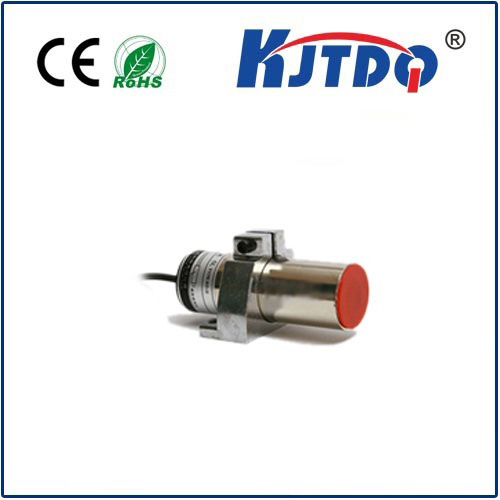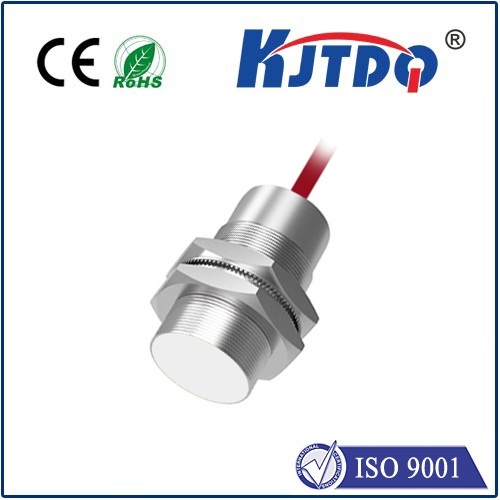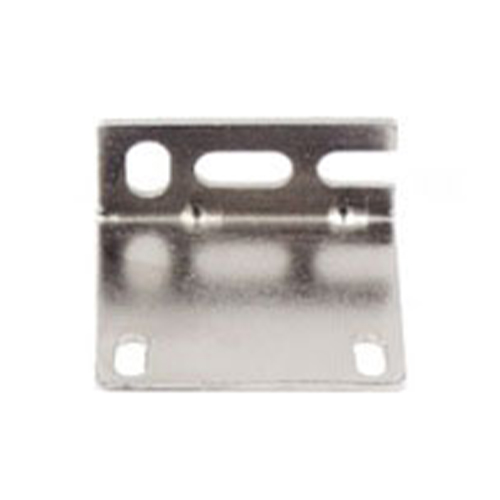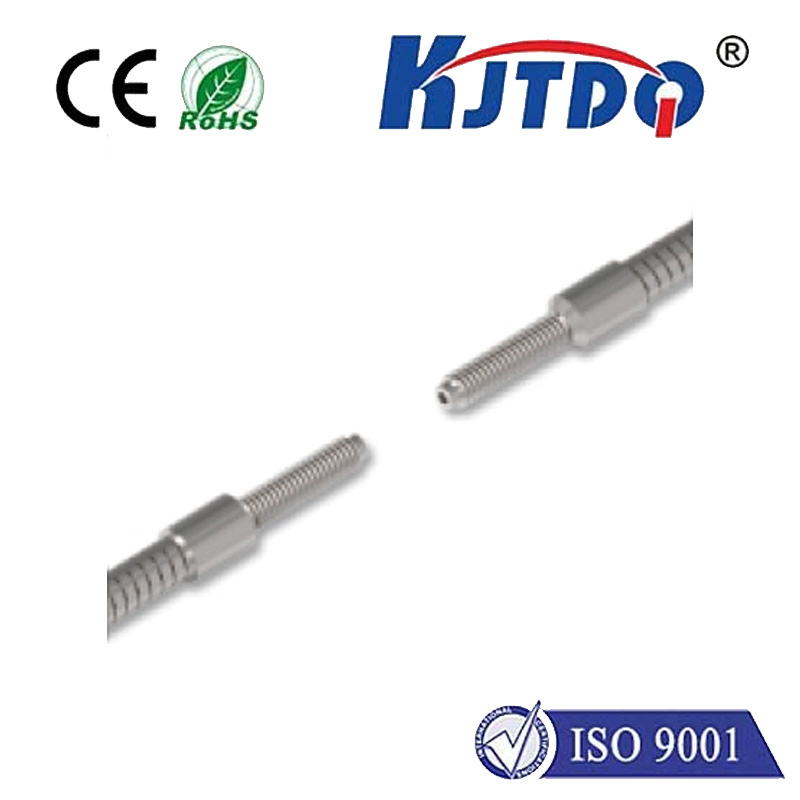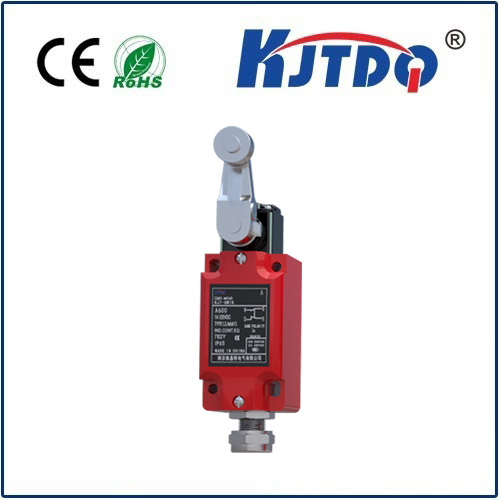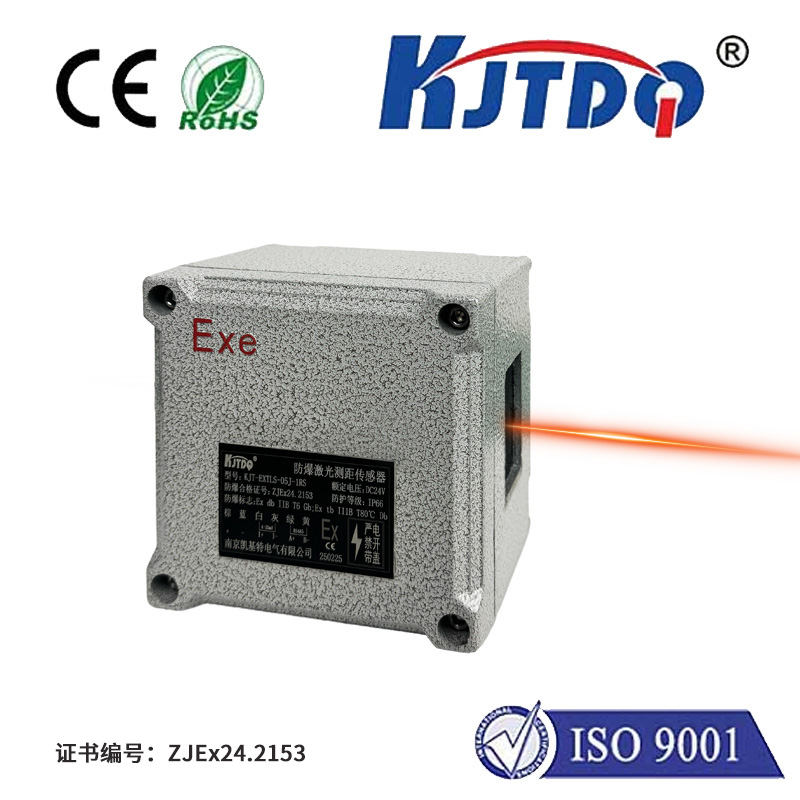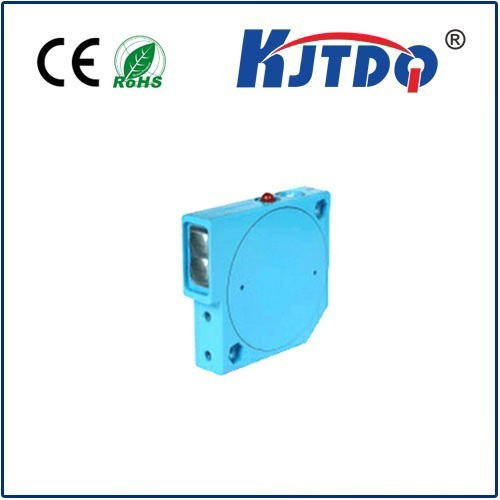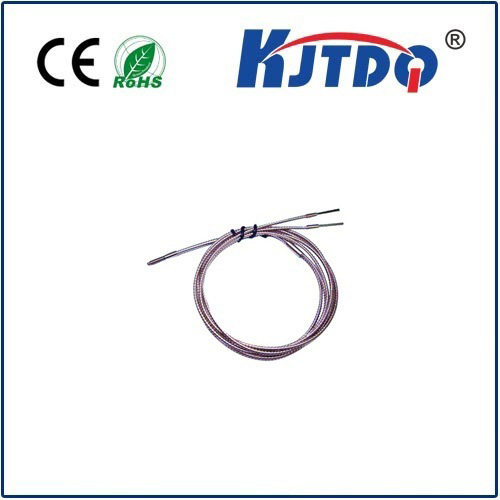Датчик водонепроницаемого приближения
- time:2025-06-15 02:48:42
- Нажмите:0
Unlocking New Possibilities: The Power of Waterproof Proximity Sensors
Imagine automating a car wash where jets spray high-pressure water relentlessly. Or controlling a bottling line where spills are inevitable. Perhaps you need reliable detection in a fish farm submerged underwater, or on agricultural equipment battling mud and rain. In countless industrial, marine, and outdoor applications, standard sensors simply fail. Moisture, dust, chemicals, and submersion wreak havoc. This is where the essential role of waterproof proximity sensors comes into sharp focus. These ruggedized marvels bring non-contact detection capability to the most challenging environments, enabling automation and safety where it was previously risky or impossible.
So, what exactly is a waterproof proximity sensor? Fundamentally, it’s a proximity sensor – a device detecting the presence or absence of an object without physical contact (typically using inductive, capacitive, ultrasonic, or photoelectric principles) – encased within a protective housing specifically designed to resist water ingress and often other environmental contaminants. The “waterproof” designation isn’t arbitrary; it hinges on internationally recognized IP (Ingress Protection) ratings that quantify the level of sealing.

- МП67: Key for many industrial washdown and outdoor settings. Guarantees protection against powerful water jets and allows temporary immersion (up to 1m for 30 minutes). Ideal for food processing or chemical handling areas requiring frequent sanitation.
- IP68: Essential for applications involving continuous submersion. Often specified for depths beyond 1 meter, sometimes under pressure, common in marine technology, underwater equipment, or permanent installations in tanks and sumps.
- IP69K: The ultimate defense. Withstands not only immersion but also high-pressure, high-temperature washdowns common in demanding sectors like heavy-duty agriculture, construction machinery, and rigorous industrial cleaning processes.
This specialized sealing is achieved through meticulous engineering: robust housing materials like corrosion-resistant stainless steel (e.g., 303, 304, 316L) or engineering plastics like ПБТ, coupled with high-quality seals and gaskets. Crucially, the sensing face is protected without compromising detection performance. Non-contact operation remains paramount, eliminating mechanical wear and tear while providing fast, reliable detection crucial for high-speed processes or safety interlocks.
The applications where waterproof proximity sensors shine are diverse and critical:
- Food & Beverage Processing: Sanitation is non-negotiable. Sensors endure daily washdowns with harsh chemicals and high-pressure sprays (IP67 / IP69K) to detect product on conveyors, position fillers, or confirm container presence reliably. Corrosion resistance is vital.
- Wastewater Treatment & Marine Applications: Submersible sensors (IP68/IP69K) monitor pump levels in basins, detect equipment position on ships or docks exposed to salt spray, and function reliably in perpetually wet or submerged conditions where standard electronics would fail instantly.
- Automotive Manufacturing & Car Washes: Resisting high-pressure water jets, foam, and detergents (IP67 / IP69K), these sensors position robotic arms, detect vehicle presence through automated tunnels, and control brush sequences, ensuring reliability in extremely wet operations.
- Agricultural & Construction Machinery: Enduring mud, dust, rain, and chemical sprays (IP67 / IP69K), sensors detect implement position (like buckets or seeders), monitor fluid levels, provide safety interlocks, and enable automation in off-road environments.
- Material Handling & Packaging: In environments prone to spills or needing periodic cleaning, waterproof sensors (МП67) reliably detect packages on conveyors, control palletizing robots, or confirm the presence of containers for filling and capping operations.
- Pharmaceutical & Chemical Processing: Resistant to aggressive cleaning solvents and preventing contamination ingress (IP67 / IP69K), they ensure precise positioning and object detection in sterile or hazardous areas critical for product quality and safety.
Choosing the right Датчик водонепроницаемого приближения involves several key considerations beyond just the IP rating:
- Sensing Technology: Inductive (best for metals), Capacitive (detects most materials including liquids through containers), Ultrasonic (longer range, detects varied surfaces), or Photoelectric (dependent on light transmission). Select based on the target object.
- Operating Range: The distance at which the sensor reliably detects the target object. Ensure it matches your application’s required gap.
- Housing Material & Shape: Stainless steel offers maximum durability and chemical resistance but cylindrical sensors dominate. Rectangular housings are also common. Choose based on mechanical stress and exposure. Threaded barrels (e.g., M8, M12, M18, M30) are standard for mounting.
- Electrical Output & Connection: NPN/PNP switching outputs and various connection types (cable, plug connector M8/M12). Match this to your control system (PLC input).
- Temperature Range: Ensure the sensor can handle the ambient temperatures, especially if combined with steam cleaning or freezing conditions.
The impact of integrating ruggedized sensing solutions like waterproof proximity sensors is profound. They translate to reliability – drastically reduced downtime caused by sensor failure in wet conditions. They deliver longevity – surviving environments that quickly degrade standard sensors, leading to lower replacement costs. They enhance safety – enabling machinery to operate safely near water or with moving parts in contaminated areas. And critically, they unlock automation potential in sectors previously hindered by environmental challenges, boosting efficiency and productivity. From ensuring a bottle is filled correctly on a wet line to guaranteeing a pump doesn’t run dry underwater, the Датчик водонепроницаемого приближения is an indispensable component making the impossible possible in our demanding world.

